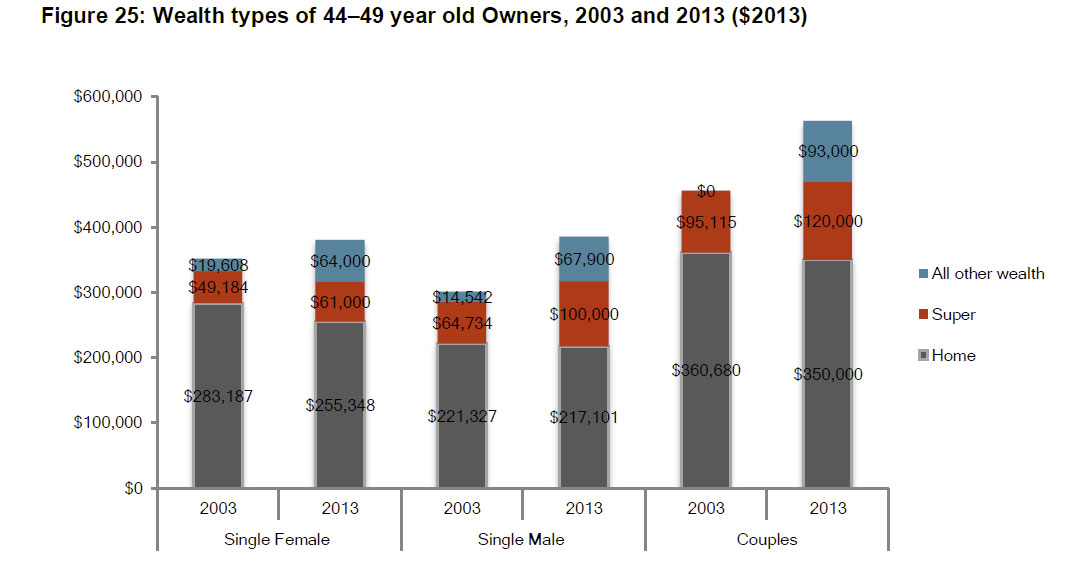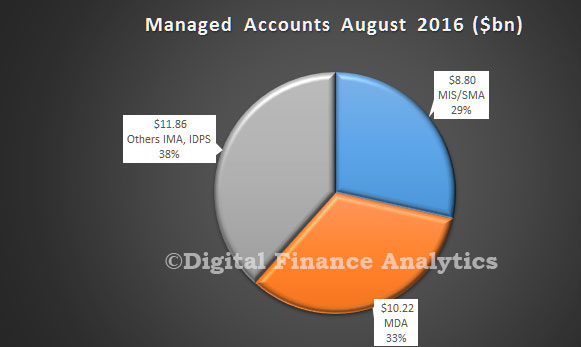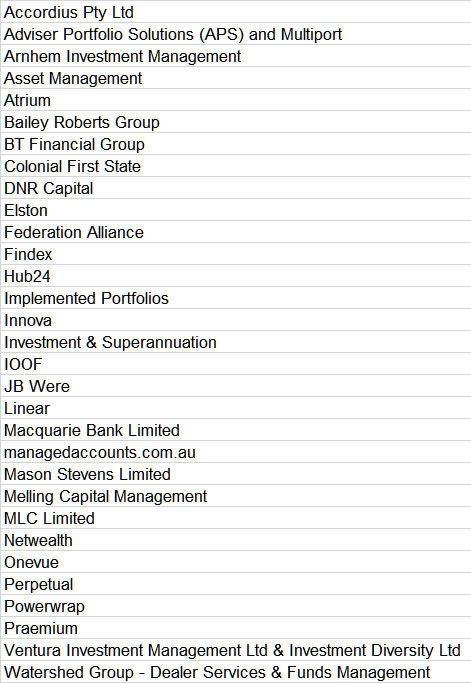The Australian Competition and Consumer Commission has issued a Statement of Issues on the possible acquisition of the Superannuation Administration Corporation (trading as Pillar) by Link Administration Holdings Limited (ASX:LNK) (Link). Pillar is being privatised by the NSW Government.
The deadline for submissions from interested parties in
response to this Statement of Issues is 28 October 2016, and the anticipated date for ACCC’s final decision is 15 December 2016.
This is important because given mandatory superannuation, demand for administration services will continue to grow, yet without an adequate competitive industry structure, fees to members will be higher, reducing returns to members. There has been increasing consolidation of Superannuation Administration Service (SAS) providers which has resulted from market exits (Citistreet and IBM for example) and Link has acquiring other SAS providers.
SAS provide a range of superannuation administration services including the management and distribution of benefit payments to members, data and document management, member communication – production and issuing of member and employer statements, management of employer contributions and processing of contributions into funds, administering member investment choice, customer contact services, insurance and claims management, online member and employer services, financial and accounting services and risk and compliance framework.
The ACCC has estimated that Link administers approximately 80 per cent of outsourced member accounts, or 10 million accounts.
Link has acquired numerous superannuation services business in recent years, including Australian Administration Services in September 2006, Primary Superannuation Services Pty Limited in 2008, Australian Superannuation Group in 2008, PSI Superannuation Management in June 2012, FuturePlus Financial Services Pty Ltd in December 2012, administration assets of Russell Investments in February 2013 and Superpartners Pty Ltd in August 2014; all of which has more than doubled Link’s member accounts. Link has its own proprietary IT platform (the aaspire platform), which it uses for the provision of administration services for most of its clients.
Pillar is a NSW state-owned corporation and administers more than 1.1 million superannuation member accounts with assets totalling more than $100 billion. It provides administration services mainly to Government superannuation funds, pension funds, and defined benefit schemes. Its clients include First State Super, State Super and Public Sector Superannuation accumulation plan (PSSap). Pillar does not have its own proprietary IT administration platform and is currently licensed to use Financial Synergy’s (Acurity) platform.
The NSW Government has announced that it intends to privatise Pillar, and has commenced a competitive sale process. Link is one party who has expressed an interest in acquiring Pillar.
“The ACCC is concerned that the possible acquisition is likely to substantially lessen competition in the supply of superannuation administration services by entrenching Link’s dominant position, resulting in lower service levels or higher prices, which will ultimately be passed on to fund members,” ACCC Chairman Rod Sims said.
Link and Pillar both supply administration services to superannuation funds in Australia. They are the only two providers that currently service larger funds.
“The ACCC is concerned that the possible acquisition will remove the only alternative superannuation administration services provider with the demonstrated capacity to supply administration services to larger funds in competition with Link. Consequently, there would be one dominant administration provider facing limited competitive constraint in the outsourced market,” Mr Sims said.
“It would also remove the potential for an alternative owner to further invest in Pillar’s offering and make it an even stronger competitor to Link in the future.”
The ACCC is seeking to better understand the barriers to entry or expansion and the likelihood of new entry or expansion in the sector. Other issues include the extent to which insourcing superannuation administration services is a credible constraint on Link and the likelihood of self-administered funds providing administration services to other funds.
“The ACCC’s preliminary view is that a fund that currently outsources superannuation administration services is unlikely to switch to insourcing as a way of bypassing Link; it would be too costly and difficult,” Mr Sims said.
“The ACCC also considers that funds are unlikely to provide superannuation administration services to each other in a way that competitively constrains Link. It is beyond the remit of most funds to sell administration services, and, furthermore, many funds are likely to be reluctant to purchase administration services from their competitors.”
The Statement of Issues seeks further information on the competition issues which have arisen from the ACCC’s market inquiries to date.
The Statement of Issues is available on the public register: Link Administration Holdings Limited – possible acquisition of Superannuation Corporation Administration (trading as Pillar)











